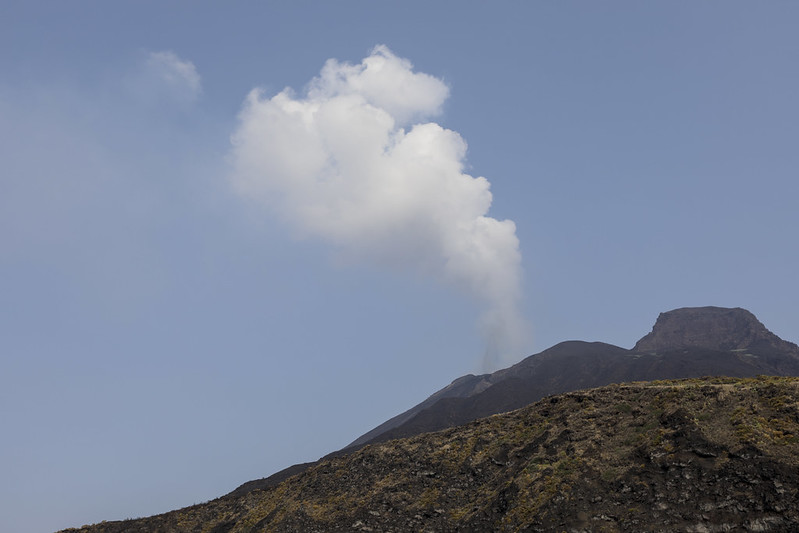What to do - Stromboli

Awareness of risk and knowledge of the Civil Protection Plan is a responsibility for all of us.
Share what you know with family, school, friends and colleagues: spreading information about volcanic risk is a collective responsibility, and we all have to contribute.
- Know the removal routes and the waiting area where you should go in case of an alarm.
- If you or someone in your family needs special assistance (people with disabilities, old people), inform the municipality.
- Visit the Info Point of the National Institute of Geophysics and Volcanology, open during the tourist season, or the websites of the Center of Aeolian Monitoring, INGV's Etna Observatory and the Department of Civil Protection, to receive information about the risks and the civil protection activities.
If you hear the sound of sirens, accompanied by a voice message in Italian and in English announcing an upcoming paroxysmal explosion, it is possible that within a few minutes there will be a very loud explosion with the formation of a large dark cloud over the top of the volcano.
- If you are near the coast, on the waterfront, beach, or near the harbor, go to the inner part of the island and take shelter in a building. A tsunami is possible.
- If you are near Vallonazzo or other depressions along the volcanic slopes, climb up the valley side.
- If you are in a boat, move quickly away from the coast toward the open sea.
- If you are in a building located far from the coastal strip, do not go outside, but move away from doors and windows and take shelter under a table. Avoid standing on a porch or under a canopy.
Fallout of hot volcanic material (bombs, lapilli, ash), even large ones, is expected to begin. Volcanic ash fallout may continue for several tens of minutes.
- If you are outdoor, protect your mouth, nose and eyes from ashes and find indoor shelter.
After a paroxysmal explosion or a major landslide, tsunamis can also be expected on the island. If you hear the sound of sirens, accompanied by a voice message in Italian and in English indicating the potential arrival of a tsunami, follow the proper behaviors for this specific hazard.
- Stay informed and follow the directions of authorities and civil protection volunteers to know when to leave your location and what to do.